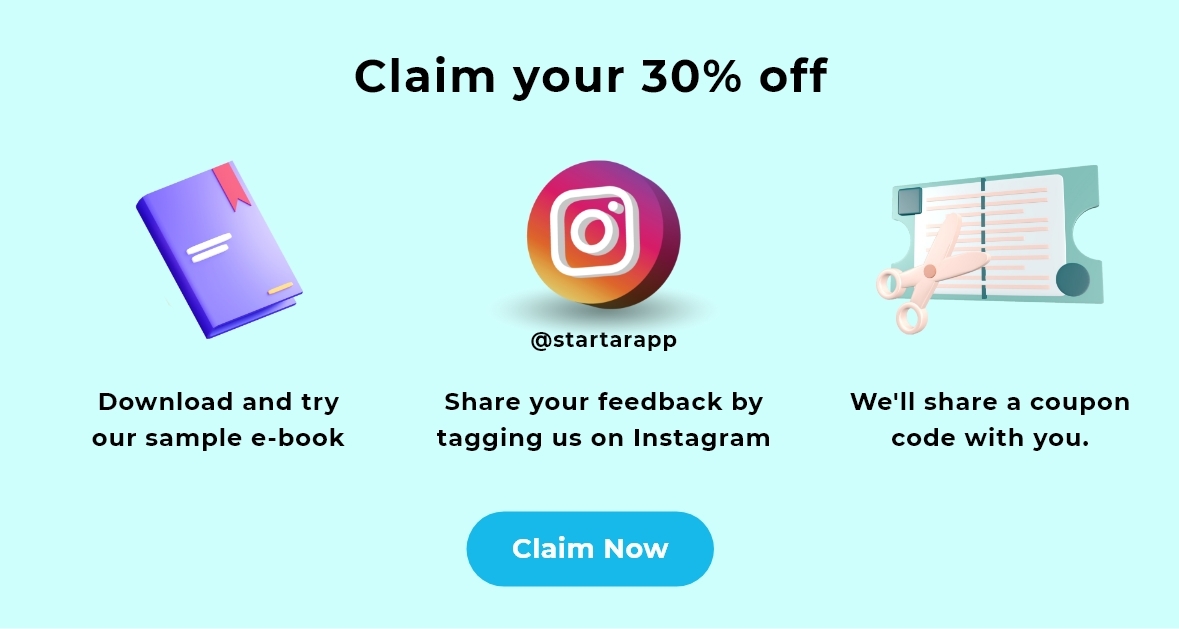The world of early childhood education is experiencing a fascinating evolution, with technology weaving its way into classrooms and living rooms. While concerns about screen time and developmental impact linger, the potential of interactive learning for toddlers cannot be ignored. From playful apps to captivating animations, education technology (EdTech) is transforming the way toddlers engage with the world around them. But is this transformation beneficial? Let’s delve into the impact of EdTech on interactive learning for toddlers, drawing insights from leading experts.

Unlocking a Universe of Possibilities
Toddlers are naturally curious and eager to explore. EdTech tools can tap into this inherent curiosity by offering:
- Visually engaging content: Bright colours, animated characters, and interactive elements capture toddlers’ attention, making learning fun and immersive.
- Personalised learning experiences: Adaptive apps cater to individual needs and learning styles, allowing toddlers to progress at their own pace.
- Diverse learning opportunities: From language development and problem-solving to creativity and social skills, EdTech offers a spectrum of experiences beyond traditional methods.
A Chorus of Expert Opinions
While acknowledging the potential benefits, experts advocate for a cautious and informed approach. Dr. Pamela Hurst, an early childhood education specialist, through her research, emphasises the importance of quality apps and technology designed specifically for toddlers, ensuring age-appropriate content and minimal screen time. Research published in the Journal of Computer Assisted Learning underscores this point, highlighting the need for parental involvement and guidance to maximise the effectiveness and minimise potential risks.
Striking the Right Balance
While EdTech offers captivating experiences, it’s crucial to remember that toddlers thrive on a rich tapestry of interactions, and technology shouldn’t become the sole melody in their developmental symphony. As Dr. Alice Gruszeck, a renowned developmental psychologist, emphasises, “Technology should be used as a complementary tool, not a replacement for other essential experiences.” Striking the right balance is key, and here’s how we can achieve it:
Focus on Quality, Not Quantity
Instead of endless hours with any app, prioritise high-quality, educational EdTech that aligns with your child’s interests and developmental stage. Look for apps that:
- Promote active learning: Encourage your child to explore, experiment, and solve problems, rather than passively consuming content.
- Are age-appropriate: Ensure the content, visuals, and complexity are suitable for your child’s understanding and attention span.
- Align with educational goals: Choose apps that complement your child’s learning journey, whether it’s mastering shapes, developing language skills, or fostering creativity.
Embrace Active Participation

Transform screen time into interactive learning moments by actively engaging with your child. Here’s how:
- Narrate stories and ask questions: Bring apps to life by narrating the stories with different voices and inflections, asking open-ended questions to spark curiosity and conversation.
- Play alongside your child: Participate in the activities, model problem-solving strategies, and celebrate their achievements together.
- Turn learning into play: Extend the app’s concepts into real-life activities. For example, if the app features shapes, sort toys by shape or create shape collages with construction paper.
Harmonious Symphony: Parents, Educators, and Technology
Optimising the impact of EdTech for toddlers requires a collaborative effort. Parents, educators, and developers can work together to:
- Develop engaging, age-appropriate educational content: Interactive stories, music, and games that promote critical thinking and problem-solving.
- Prioritise ethical design: Technology that respects children’s privacy, avoids predatory advertising, and promotes positive values.
- Provide resources and training: Empower parents and educators to understand and leverage EdTech effectively.
The Final Curtain: A Future Filled with Potential
When used thoughtfully and responsibly, EdTech can become a valuable tool in fostering interactive learning for toddlers. It can ignite curiosity, personalise experiences, and open doors to new worlds of knowledge. By harnessing the power of technology while safeguarding children’s well-being, we can create a symphony of learning that empowers toddlers to thrive in the digital age.




